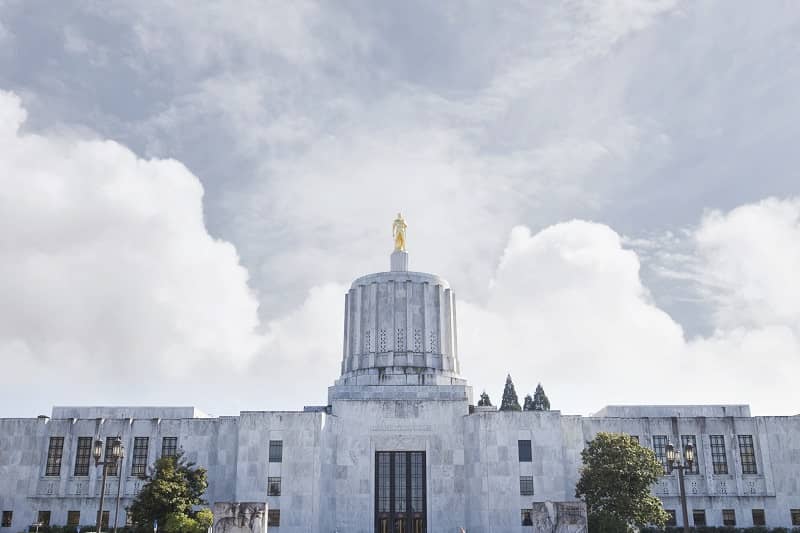June 5, 2019
Chair Wagner and Members of the Committee, my name is Kathryn Hickok. I’m Executive Vice President at Cascade Policy Institute, a nonpartisan policy research organization.
Education Savings Accounts empower parents to customize their children’s education in the ways that are best for them as individual students. ESAs are a “ticket to the future”—today—for every child to find the right fit, to find his or her spark for learning, and to succeed in school and in life. More choices mean more opportunities.
ESAs are government-authorized savings accounts with restricted but multiple uses. ESA programs deposit a percentage of the per-student state education funding allocation into an account, from which the family pays for approved education expenses.
Unused funds may be “rolled over” for subsequent years, including post-secondary education or training within the state of Oregon.
Arizona, Florida, Mississippi, North Carolina, and Tennessee are operating ESA programs today. Senate Bill 668 would create an Education Savings Account program here in Oregon.
Unlike voucher programs, ESAs give parents the flexibility to spend education funds on more than just private school tuition. Depending on the specifics of legislation, other approved uses can include textbooks, AP and online classes, tutoring, testing, dual-enrollment courses, homeschool expenses, and education-related fees.
Some ESA programs operate like controlled-use debit cards, which ensure parents pay only for legitimate education expenses.
Critics sometimes express concern that ESAs would remove funding from the public school system; that parents wouldn’t be held accountable; that non-public schools are not held to the same regulatory standards as public schools; or that ESAs mean “public dollars would be used for private purposes.”
Proponents of ESA programs take these concerns seriously. Senate Bill 668 was designed to address them.
Kathryn Hickok is Executive Vice President at Cascade Policy Institute, Oregon’s free market public policy research organization.
Click here for PDF version:












